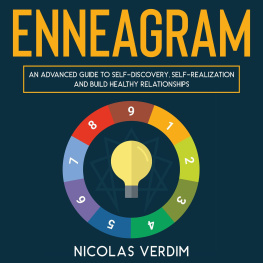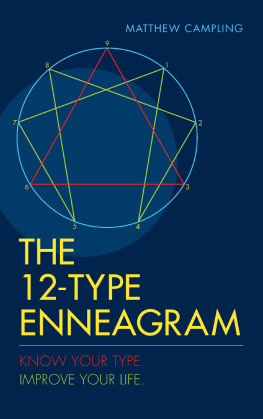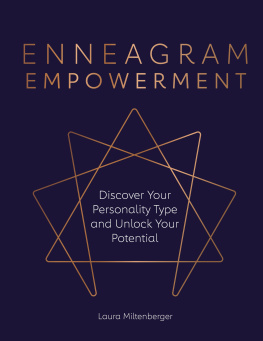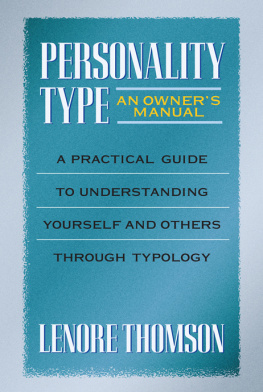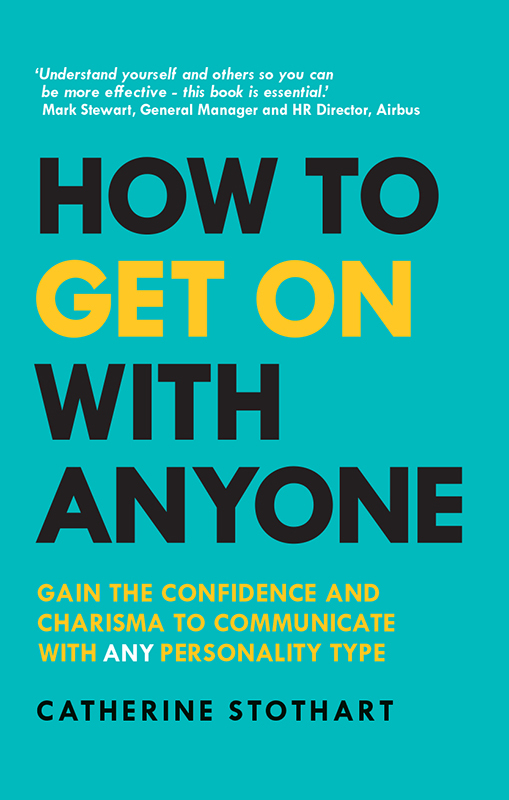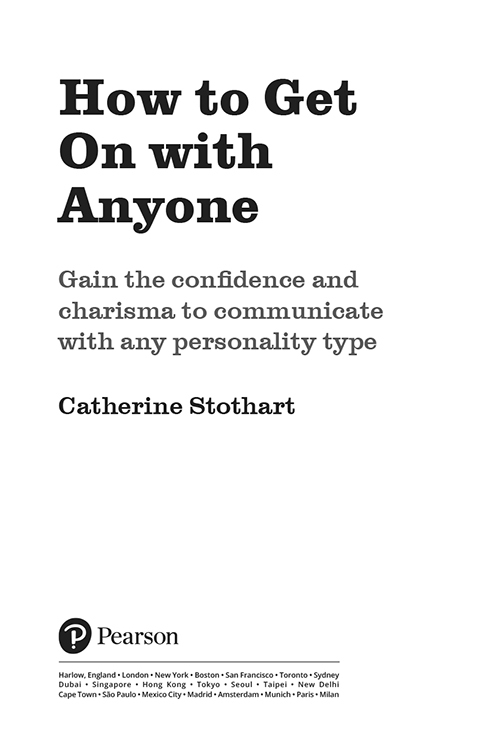Contents
About the authors
Catherine Stothart is a Leadership Coach and Team Facilitator and has run her own consultancy business since 2002, with clients including Airbus, Audi, the EEF, KCOM, Astra Zeneca and United Utilities. She previously held posts in Human Resource Management and Learning & Development in Ford Motor Company, Mercury Communications and ICL.
Catherine lived for several years in Cairo and Rio de Janeiro - these were life-enhancing experiences and really opened her eyes to human behaviour and cultural differences and her work has continued with the underlying themes of behavioural change and personal development ever since.
She has coached dozens of managers on topics such as influencing others, engaging their teams, building resilience and developing emotional intelligence. She coaches teams in high performance ways of working and has worked on many team and leadership programmes in major companies. She also works with teachers in local high schools in Cheshire, using personality type as a way of helping them understand themselves, their colleagues and their pupils. She has experience as a Chair of Governors and is a Trustee of the British Association of Psychological Type.
Catherine has a BA in English from the University of Oxford, an MSc in Organisational Behaviour from Birkbeck College, University of London, is a Fellow of the Chartered Institute of Personnel and Development, and has qualifications in coaching and psychometric testing.
Catherine has published articles in professional journals and this is her first book.
Acknowledgements
This book builds on and describes how to apply the Interaction Styles model, which was developed by Linda Berens in the US, and published in 2001. It is based on research she carried out over 20 years into personality type and temperament (Carl Jung).
The model has four patterns of interaction, which Berens named In-Charge, Chart-the-Course, Get-things-Going and Behind-the-Scenes. In this book I have given these four styles one-word names to make them more accessible to a wider audience, while retaining the integrity of her model. The names are: Mobiliser (for Berens In-Charge), Navigator (for Berens Chart-the-Course), Energiser (for Berens Get-Things-Going) and Synthesiser (for Berens Behind-the-Scenes). The descriptions of the styles closely follow those of Linda Berens and they are adapted with her permission.
I am very grateful to Linda Berens for supporting me in this work and giving me her invaluable advice on how to write about the styles. I am also full of admiration for the depth of her knowledge about personality types and her many years of work in this field. For more information about Interaction Styles, please see www.lindaberens.com
Particular thanks also go to:
- Susan Nash of the Type Academy, who has been so generous in sharing her time, expertise and resources with me.
- My editor, Eloise Cook, for her helpful guidance and suggestions, which made a positive difference to the book.
- Alison Smith, a good friend, for giving her time and her fantastic attention to detail, to reading drafts and suggesting improvements.
- Steve Temblett for advising me on how to write a publishing proposal.
- Georgia Parker, my coaching supervisor, for ideas and encouragement.
- Gill Hardy, Richard Moulds, Judy Done and other friends and colleagues, whose advice helped me along the way.
- David Hodgson, for passing on to me his experience of writing and publishing.
- Sue Blair, colleagues at the Type Academy and at the British Association for Psychological Type, for their interest and encouragement.
- All the leaders and teams to whom I have introduced Interaction Styles over the last seven years and from whom I have learned so much about personality and behaviour.
- Bill Stothart, my husband, for his unfailing love and support throughout our lives together and especially during the time it has taken to create this book.
Publishers acknowledgements
The publisher would like to thank the following individuals and organisations for their kind permission to reproduce copyright material.
Photographs
123RF: Aleksangel 54; Getty Images: Bettmann 11; Shutterstock: Happy Art 12.
Illustrations
Adapted, with permissions, from Linda Berens, Interaction Essentials, 3 Proven Strategies to Remove Communication Barriers, 2015, 2011. Radiance House, Los Angeles, California
All other images Pearson Education
Setting the scene
Only connect
E M Forster
We are social beings. For most of us, our relationships are the most important part of our lives. More than wealth or status, relationships with others are what give us meaning and a sense of purpose. There is convincing evidence that our relationships with other people matter, and matter more than anything else in the world. When our relationships are poor, we experience loneliness, distress and ill health. Good relationships are the basis for well-being and fulfilment.
But getting on well with other people at work and at home can be difficult misunderstandings and conflicts arise, and we dont get the results we want. Worse than that, we may get results that we definitely dont want.
People have patterns of behaviour which they tend to repeat in a variety of situations and we describe this as their personality or character, or the sort of person they are. We sometimes talk of having a personality clash with someone, which is shorthand for not getting on with them. It usually occurs because what they do or say, or what they think or feel, is different from us and we find their patterns of behaviour difficult to relate to. In other cases, we quickly feel rapport with people and easily get on well with them. This book will give you the awareness of why these differences occur and what you can do to get on better with all personality types.
The book is based on the four basic styles, known as Interaction Styles, which people tend to display when they communicate with others and its about how to relate more successfully to other people, both at work and in our personal lives. Its a practical guide to how to adapt behaviour to connect with other people and get good outcomes for everyone. You will learn about the four styles and become aware of what might drive your words and actions and how to manage your impact on others. You will also be able to read other peoples behaviours more accurately, appreciate what might be driving their behaviour and adapt what you say and do to build rapport and understanding with them.
I have been working with individuals and teams in business and education for 25 years and the most common problems they have relate to working with others. Interaction Styles is the best tool I have found to help them to gain self-insight and get on better with others. Ive also personally found it immensely helpful in my own relationship with my husband and children. Often, when I introduce the styles when working as a coach in business, people see how they can apply it to their lives and relationships outside work, as much as in work. That is why I believe it is worth sharing it more widely, and why I have written this book.
A word of warning : People are very complex and no single model of human behaviour can account for all the variations between people. Our behaviour is influenced by our upbringing, education and the culture in which we live, as well as by our inborn personality preferences. Furthermore, in any situation we have choices about how we behave, and these are not pre-determined by our personality. But there are some recognisable patterns of behaviour that people share (while having many different individual characteristics), and knowing about the four Interaction Styles gives you both self-insight and options for how to interact with others to get better outcomes for everyone. I have found that people get it easily and can put it into practice quickly, with positive and constructive results.


